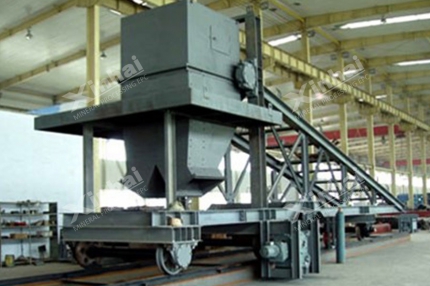The shaking table is a kind of gravity separation equipment that uses the combined action of mechanical shaking and water flushing to separate ore particles according to density. Because of its high-grade ore ratio, qualified concentrate, and final tailings obtained once separated, the shaking table mineral processing is widely used in the gravity separation of various minerals.
In practice, what operational points should we pay attention to during the operation of the shaking table mineral processing?
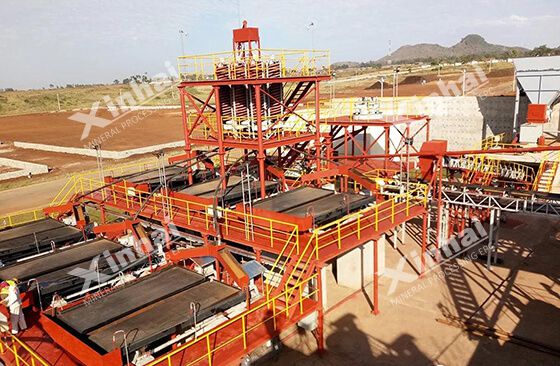
Use the table of contents below to navigate through the guide:
01Maintain the proper stroke length and stroke frequency
The suitable value of the stroke length and stroke frequency is mainly related to the ore particle size, followed by the loading of the shaking table and ore density.
When dealing with the material with a large particle size and thick bed, it is necessary to use large stroke length and small stroke frequency, while dealing with the fine sand and slime, it is necessary to use small stroke length and large stroke frequency. When the loading of the table surface increases or the material with greater density is selected, it is advisable to use the larger stroke length and stroke frequency.
In the production process, the stroke length of the shaking table is generally 5-25mm, and the stroke frequency is about 250-400r/min.
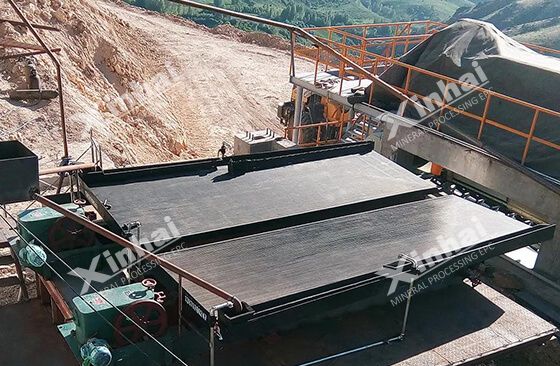
Taking the 6S shaking table as an example, the stroke length is generally 18-24mm and the stroke frequency is 250-300r/min when dealing with the ore sand, while the stroke length is 8-16mm and the stroke frequency is 300-340r/min when dealing with the sludge.
02Use the appropriate transverse slope of the table surface
When the transverse slope is large, the velocity of transverse water increases, and the sliding effect of ore particles is enhanced, thus improving the discharge rate of tailings. However, the zoning of the concentration area will be narrower, which is not conducive to improving the concentrate quality. Therefore, the transverse slope of the table surface is not the bigger the better.
Generally, the transverse slope of the shaking table is larger when dealing with the coarse materials, and the transverse slope is relatively smaller when dealing with the fine materials and slime. In the production process, the adjustment ranges of transverse slope for coarse sand shaking table, fine sand shaking table, and slime shaking table are 2.5°-4.5°, 1.5°-3.5°, and 1°-2° respectively.
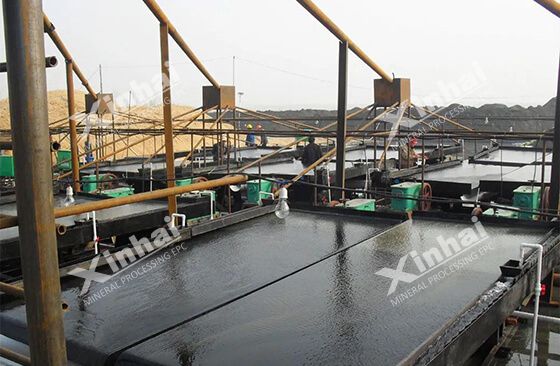
03Ensure even distribution and appropriate size of flushing water
The flushing water of the shaking table mainly includes feeding water and washing water, which determines the velocity of the transverse flow with the transverse slope mentioned above.
When dealing with the same material, both "large slope, small water" and "small slope, large water" can make the ore particles get the same transverse speed, but "large slope, small water" is more conducive to water saving, but make the concentrate belt narrow.
Therefore, the washing water under the table surface should be evenly distributed, and the size should be appropriate. The large slope and small water are often used in the roughing and scavenging, while the small slope and large water are usually applied in the concentration.
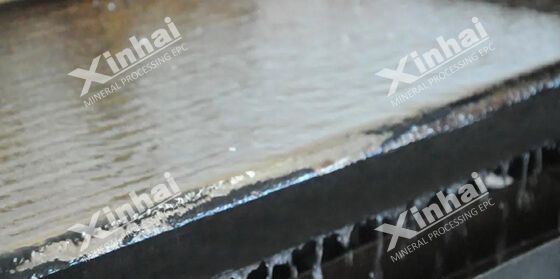
04Keep the appropriate and uniform ore feeding
The feeding quantity of the shaking table is related to the selected particle size. The coarser the particle size is, the greater the feeding should be. For the specific materials, the ore feeding should be controlled within the allowable range with a large bed utilization rate, obvious zoning, and reasonable tailings grade. Too much ore feeding will lead to a significant decline in the recovery rate. In addition, once the feeding quantity is identified, it must be maintained continuously and evenly, otherwise, it will cause instability of zoning and fluctuation of separation indicators.
05Maintain the proper feeding concentration
For the shaking table mineral processing, the appropriate feeding means to ensure the full liquidity and stratification of slurry along the table surface, the ore particles are immersed in the water within the range of 15-30%. When dealing with the coarse sand, the ore feeding concentration is about 20-30%; when dealing with the fine sand, the ore feeding concentration is generally 15-25%.
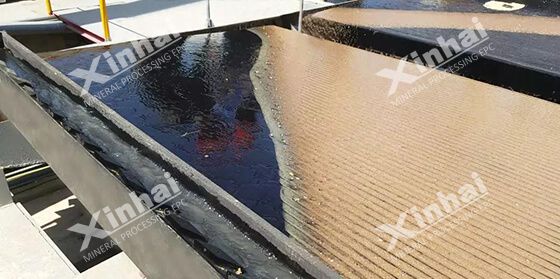
06Be prepared before material separation
For the purposes of selecting the suitable operating conditions of the shaking table mineral processing, the ore needs to be classified before being separated. Usually, a 4-6 chamber mechanical stirring hydraulic classifier is used to classify the ore feeding.
In addition, because the upper limit of the size of the shaking table is 2-3mm (coarse sand shaking table) and the lower limit of the recycling size is 0.02mm (slime). If there is a lot of fine slime in the ore feeding, it is not only difficult to recover, but also will reduce the stratification speed due to the increase of slurry viscosity, resulting in the loss of heavy minerals. Therefore, when the mud content (less than 10-20um) in the ore feeding is large, it is necessary to conduct pre-desliming.
In addition, because the upper limit of the size of the shaking table is 2-3mm (coarse sand shaking table) and the lower limit of the recycling size is 0.02mm (slime). If there is a lot of fine slime in the ore feeding, it is not only difficult to recover, but also will reduce the stratification speed due to the increase of slurry viscosity, resulting in the loss of heavy minerals. Therefore, when the mud content (less than 10-20um) in the ore feeding is large, it is necessary to conduct pre-desliming.
07Observe the material zoning in the table surface belt and product access
Under the appropriate operating conditions, the material zoning in the shaking table is more obvious, and the product is in accordance with the requirements of the separation index to access, generally can be divided into 2-4 products (middling generally needs reprocessing).
However, when the operating conditions change, the zoning situation of the shaking table will change accordingly. The shaking table operator must closely monitor the situation of the zoning, and adjust the position of the product access according to the zoning situation, ensuring the normal operation of the shaking table.
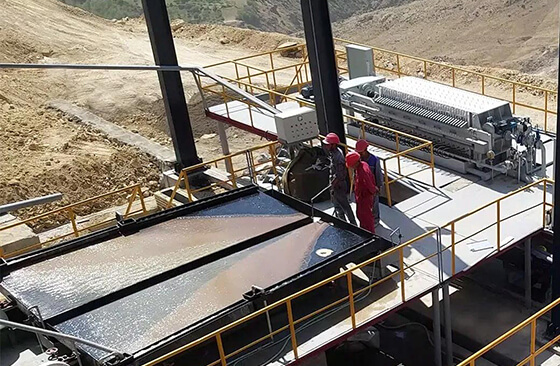
These are the seven main points that need to pay attention to during the daily operation of the shaking table mineral processing. For shaking table processing, it is recommended to find professional equipment manufacturers for procurement, and operate it in accordance with the technical parameters given by the manufacturers. Besides, it is suggested that shaking table operators should improve their operating skills, pay attention to every detail in the separation operation, and timely deal with all kinds of emergencies, thus ensuring the smooth operation of mineral processing.


 marketing@ytxinhai.com
marketing@ytxinhai.com  0086 13810327080
0086 13810327080 






































































































 CHAT
CHAT MESSAGE
MESSAGE





